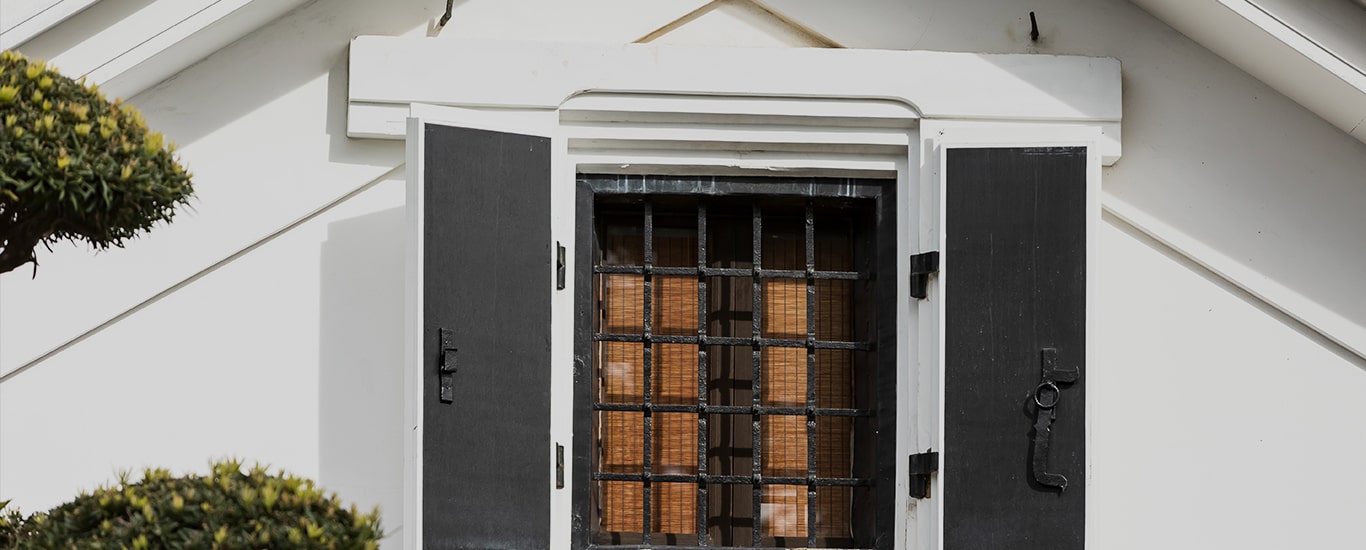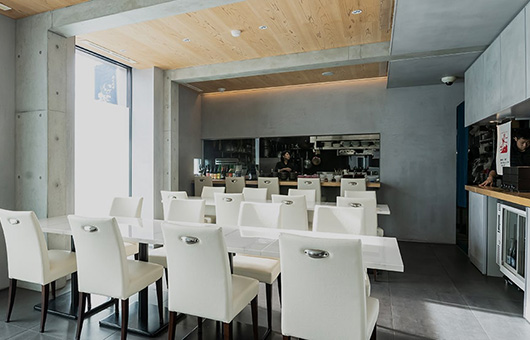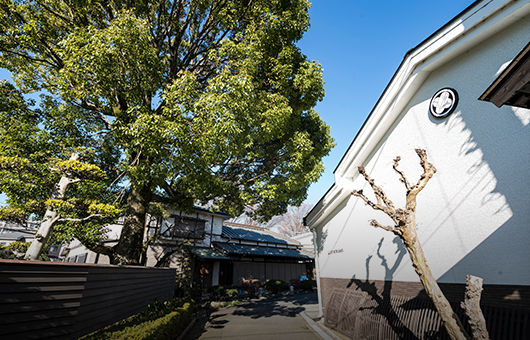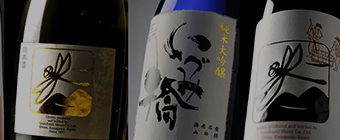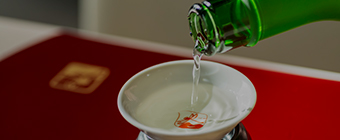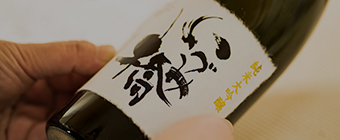Let’s Study Ⅰ~Izumibashi sake labels~
How to read Izumibashi labels
◆We have two types of labels, one is traditional sake “Izumibashi” , another is seasonal sake”Dragonfly and the family”. Please read our labels and find your favorite sake.
Sake Phrase – to finding your favorite Izumibashi
Company name: 泉橋酒造(Izumibashi shuzou)/
- 泉・・・Spring, 「Izumi」
- 橋・・・Bridge,「Bashi」
- 酒・・・Sake、「Shu」
- 造・・・ brewing、「Zou」
純米酒(Junmai-shu): Sake made from rice and water.
- 純・・・pure、「Jun」
- 米・・・rice、「mai」
- 酒・・・SAKE、「syu」
栽培品種(Variety of sake rice) :
- Yamada-nishiki(山田錦)
- Omachi(雄町)
- Shinriki(神力)
- Kame-no-o(亀の尾)、
- Rakuhumai(楽風舞),
- *table rice : Ebina-nishiki(えびな錦)
精米歩合(Seimai-buai) : Rice polishing ratio
- 純米大吟醸 (Junmai-daiginjo) 35%~50%、
- 純米吟醸(Junmai-ginjo) 51%~60%
- 純米酒(Junmai-syu) 61%~80%
純米吟醸(JunmaiGinjo)/純米大吟醸(JunmaiDaiginjo) : Sake brewed from rice polished down to 60% or less (50% or less for Daiginjo) and brewed with special techniques like low-temp fermentation. This Sake are the fruity scents and clean taste.
生酛(Kimoto) /山廃(Yamahai) : These are traditional systems for producing the yeast starter. Years of experience and training are needed on top of sheer time and labor to produce a deep, full-bodied Sake.
生酒、生(Nama-zake, Nama) : Unpasteurized Sake. Fresh and Fruity. Refrigeration is a must.
原酒(Genshu) : Undiluted Sake. Most Sake is shipped after being diluted to around 15~16% ABV. Undiluted Genshu is around 18 – 20% ABV.
無濾過(Muroka) : Unfiltered Sake. Muroka Sakes skip the Activated Carbon Filtration process after brewing. Sakenet’s Sakes are mostly unfiltered (even though they don’t carry the Muroka tag), or have undergone only minimal filtration so as to ensure retention of the natural Umami of traditional Sake.
にごり酒(Nigori-sake) : Sake that is pressed with a coarse cloth to produce a milky sediment of rice and koji. Naturally it is unfiltered, but has more flavour than the standard Muroka.
活性(Kassei) /スパークリング( Sparkling) : Sparkling Sake. As sparkling wine, ‘Kassei’ contains live yeast and so it produce gas within the bottle. Kassei sake “egg and snowman ravel” must be kept in the refrigerator. But “tonbo sperkling is no refrigerator, because tonbo sparkling is pasteurized.
日本酒度(nihonsyu-do): about sake meter value. 甘口(sweet)-10~±0 、中口(Normal)+1~+5 、甘くない(Not sweet, Semi Dry)+6~+10、辛口(DRY)+10~+20. Not sweet sake is good for warmed sake.
酸度(san-do): acidity. Acid makes sake taste strong, masking its sweetness. This is an important element of the taste of sake. Normal san-do is 1.5~1.6 at Izumibashi.
新酒(Shinsyu)/The fast sake of the season. Sake brewed during the current year.
酒造年度(Syuzo-nendo) :BY(Brewed year) Stands for Brewed Year, numbered according to the Japanese calendar. 平成(Heisei)27BY is Sake brewed in 2015. Similar to wine, Sakes from small breweries change from year to year depending on the rice and weather. Also, as the years pass, Sakes mature, their flavours becoming richer and softer.


